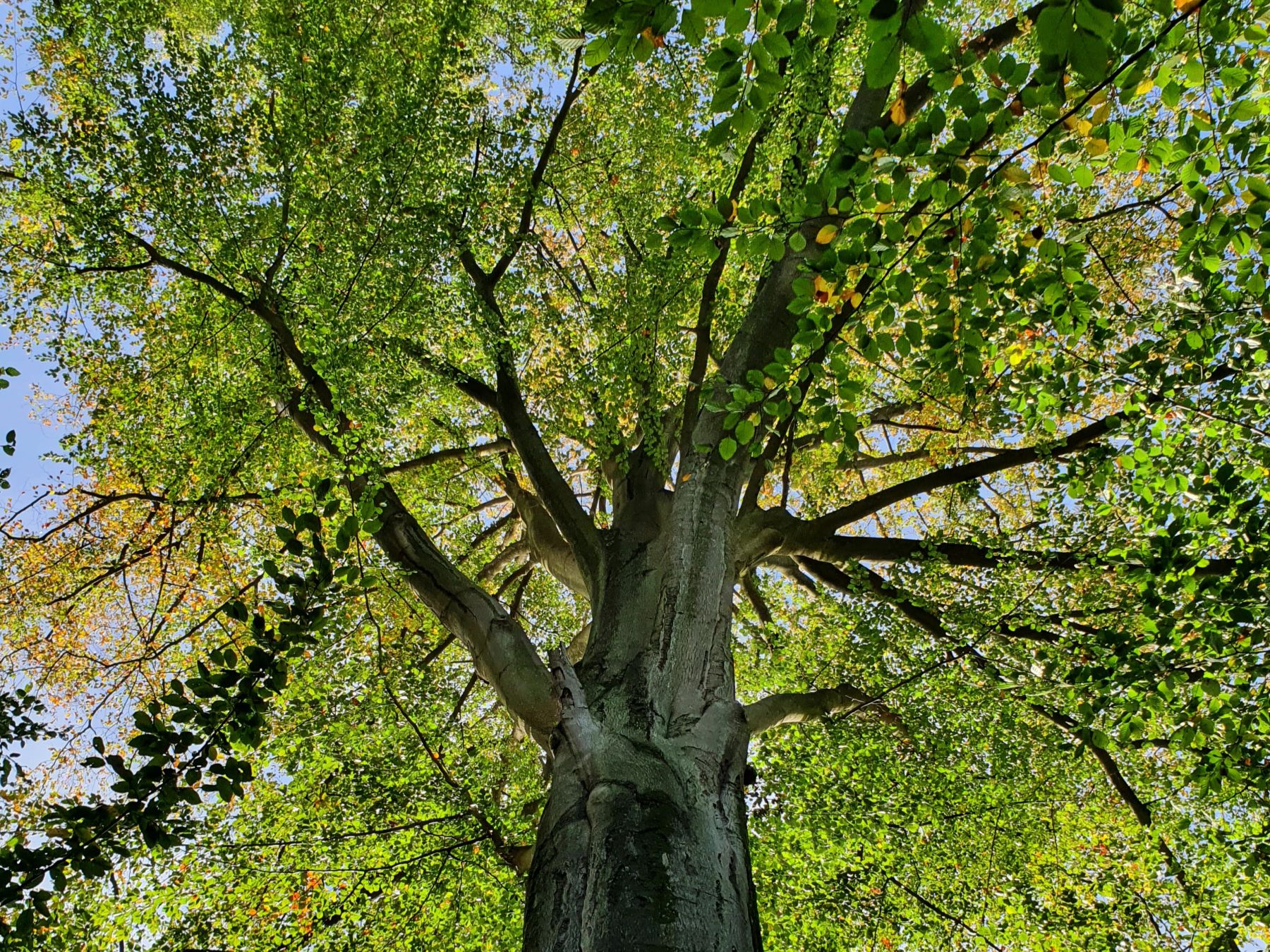
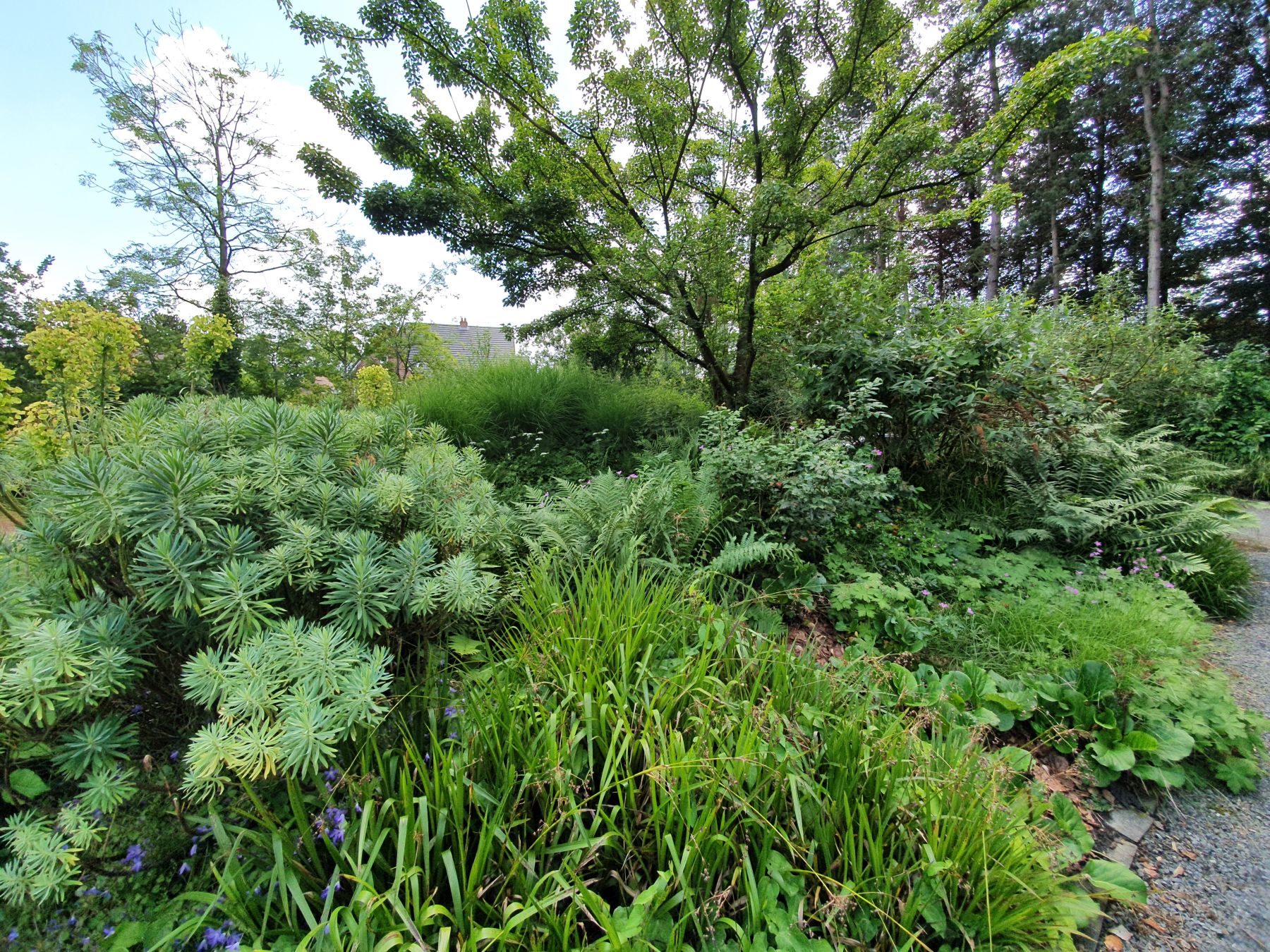
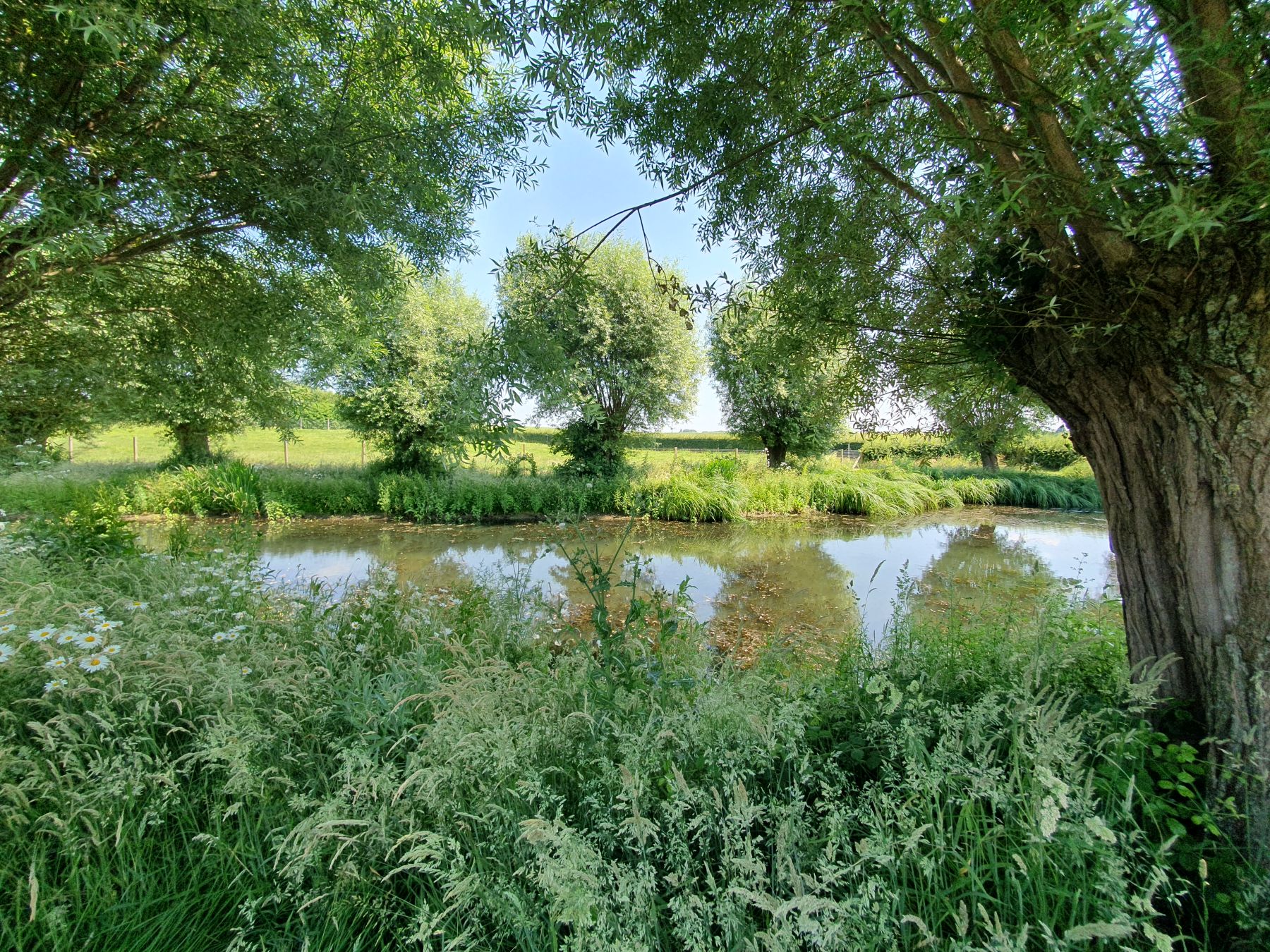
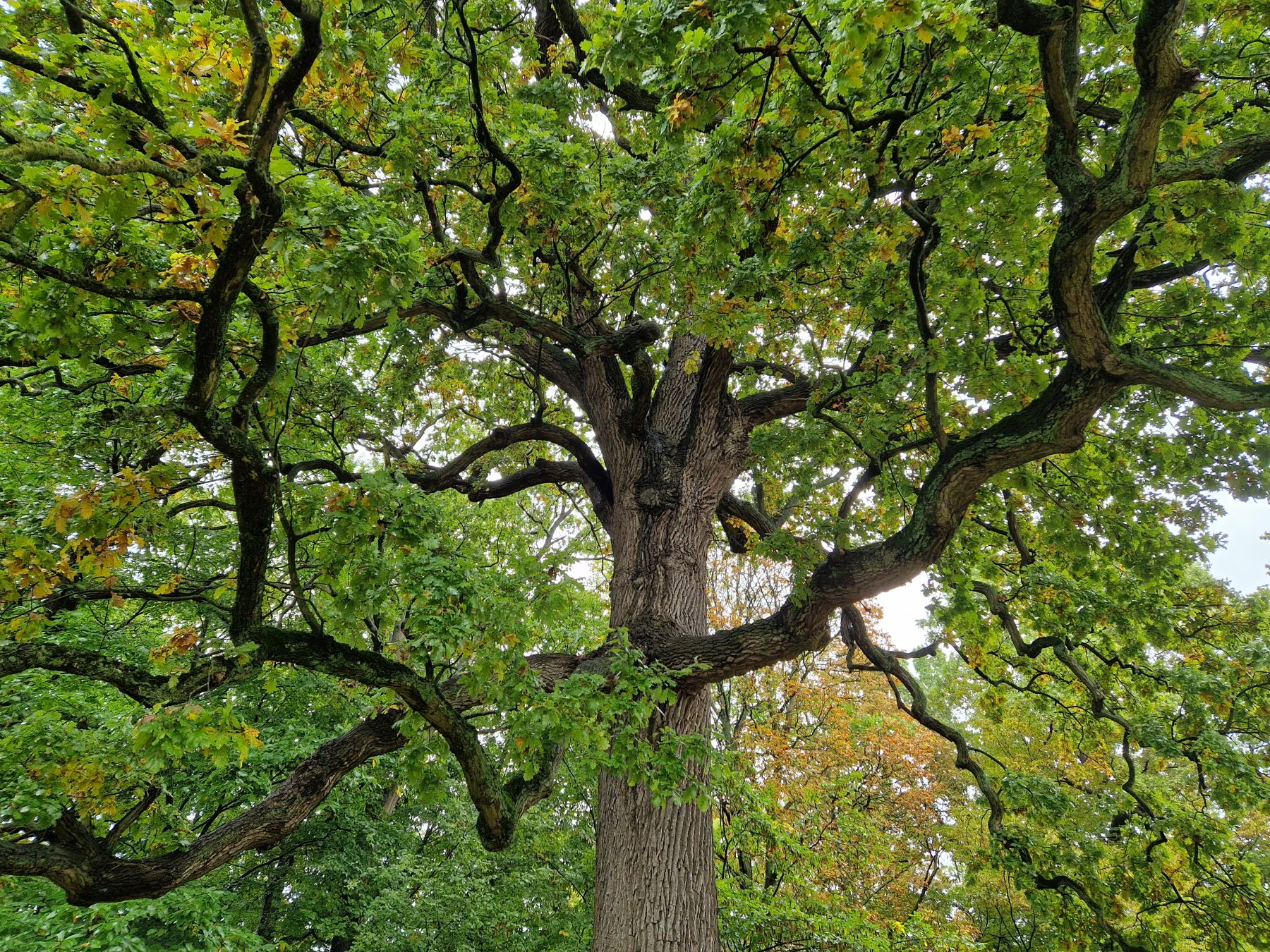
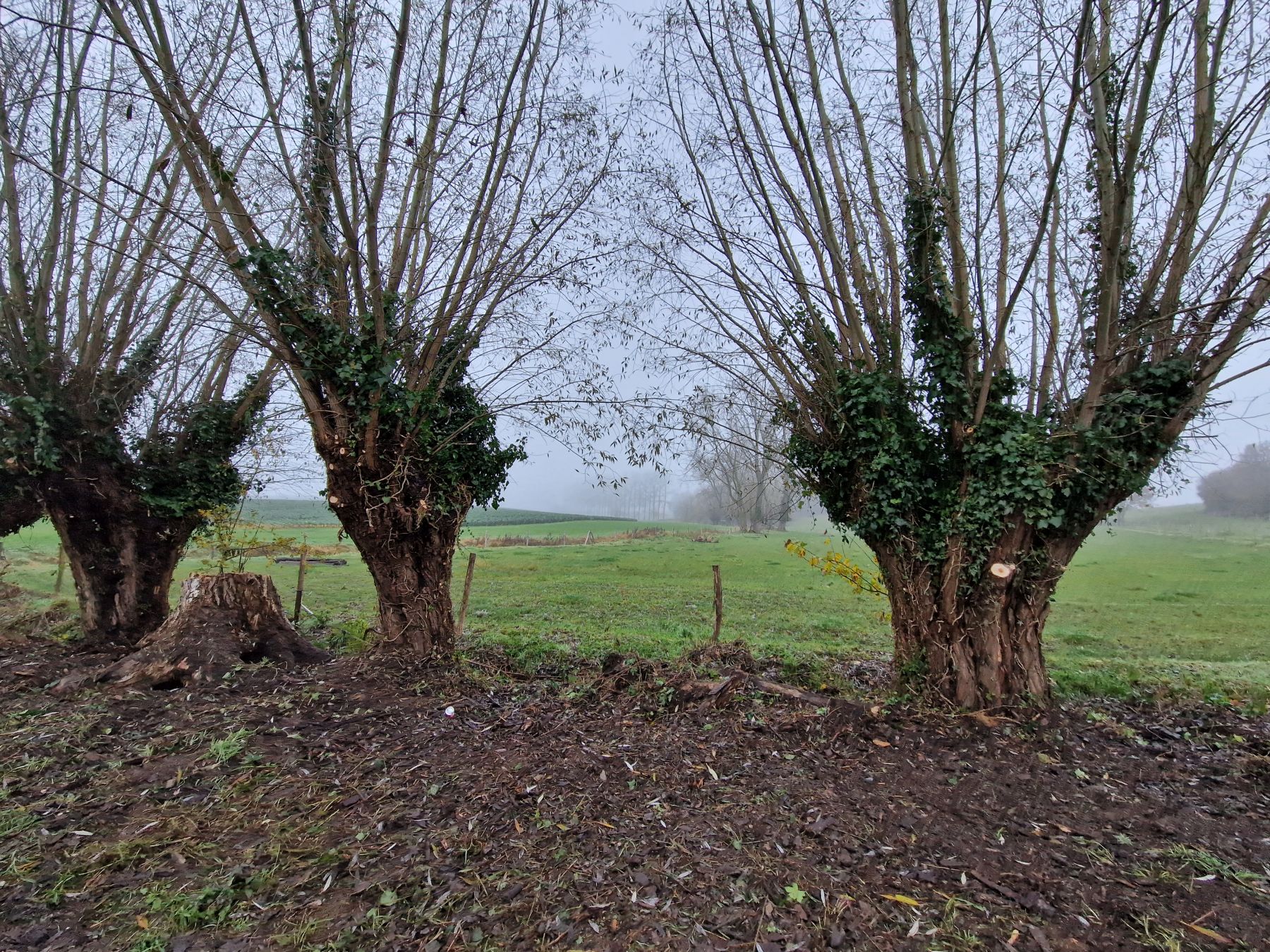
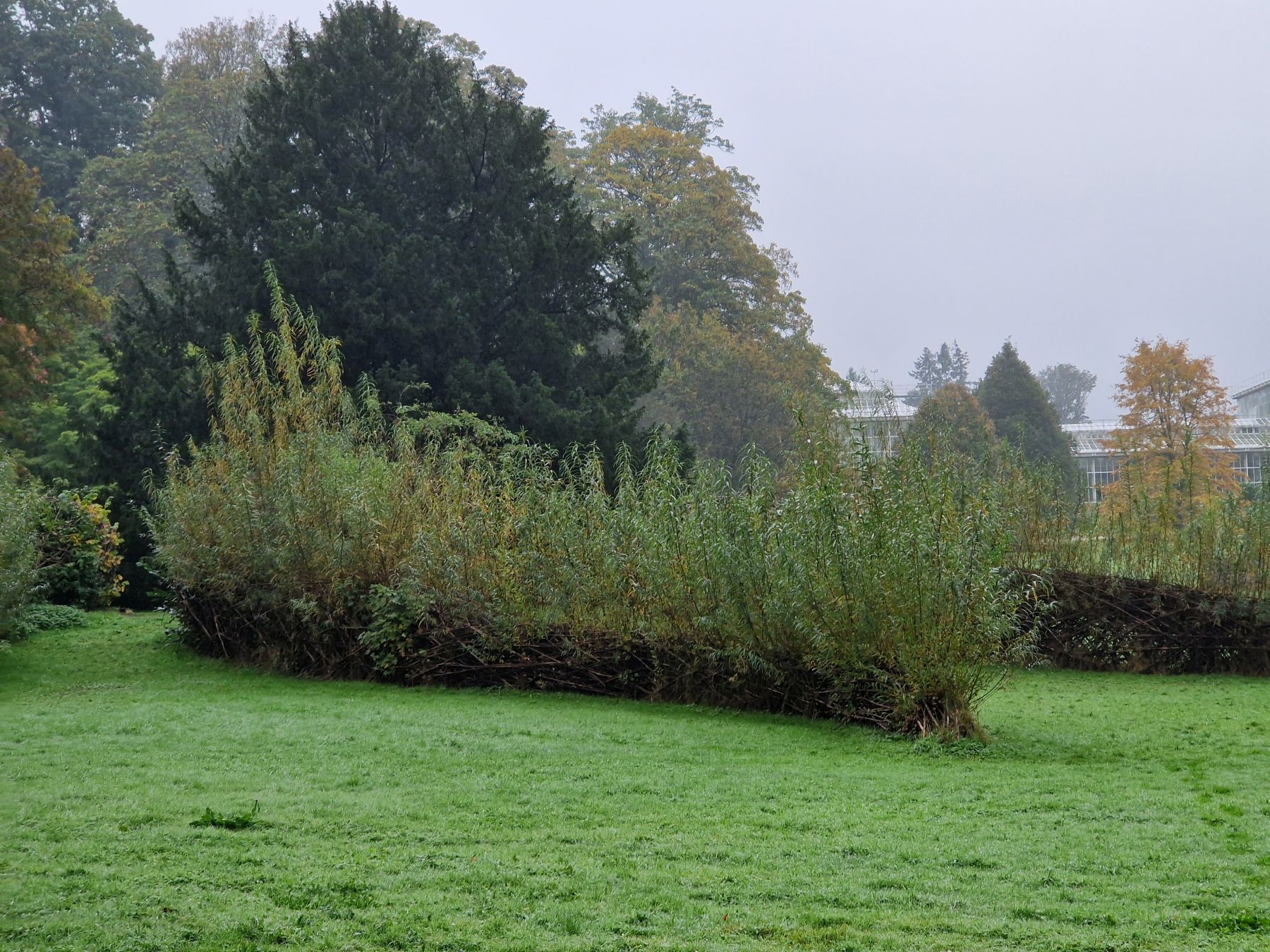
Planting trees pays off!
28/10/2024
The ideal planting season is coming up! Trees add enormous value to your garden. A tree is more than just one plant, it is like a mini ecosystem in itself. Trees provide shelter, food and nesting opportunities for numerous animal species. Birds nest in their crowns, owls, squirrels and bats shelter in trunk cavities. Numerous insects eat leaves and lay their eggs on the leaf, a twig or under the bark. A tree is often overgrown with lichens and underground a fungal network surrounds the roots.
The ecological value of trees varies by species. Native trees are the most valuable because of the thousands of years of adaptation between our local wildlife and a particular tree species. A common example is the association of our native pedunculate oak with 423 species of insects and mites, compared to less than 20 for the American oak, an exotic species and relative newcomer. The absolute topper in terms of wildlife value is willow (450 associations), but birch also scores well (334). Then again, hawthorn (209) as blackthorn (153) are the champions among smaller trees. In addition, trees perform numerous free functions for us. They are natural air conditioners, water-absorbing sponges, air purifiers and parasols. They store carbon dioxide and influence the microclimate. So there are many advantages to planting a tree in your garden!
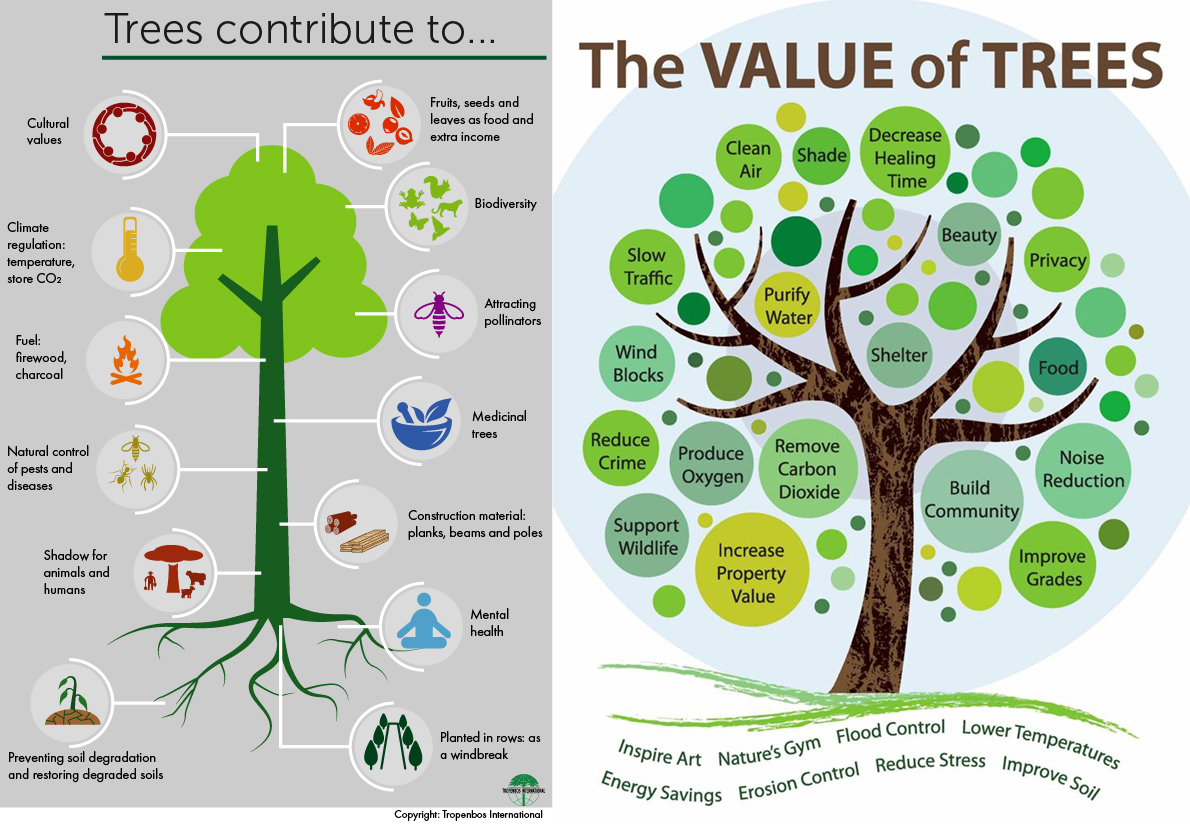
Some planting tips:
Not every garden lends itself to large trees, so be sure to read our blog on small trees and shrubs used in hedges or hedgerows, which you can use to create zones of bird groves in your garden. These are also particularly valuable for biodiversity and indispensable in any ecological garden. Finally, the great advantage of planting trees is that, compared to other types of greenery, they require little maintenance after planting. Have fun planting and if you would like more advice on this, don't hesitate to contact us!
The ecological value of trees varies by species. Native trees are the most valuable because of the thousands of years of adaptation between our local wildlife and a particular tree species. A common example is the association of our native pedunculate oak with 423 species of insects and mites, compared to less than 20 for the American oak, an exotic species and relative newcomer. The absolute topper in terms of wildlife value is willow (450 associations), but birch also scores well (334). Then again, hawthorn (209) as blackthorn (153) are the champions among smaller trees. In addition, trees perform numerous free functions for us. They are natural air conditioners, water-absorbing sponges, air purifiers and parasols. They store carbon dioxide and influence the microclimate. So there are many advantages to planting a tree in your garden!

When choosing a tree species for your garden, the principle of ‘the right tree in the right place’ applies. At this site www.bomenwijzer.be, you can find out what the ideal soil type, humidity and amount of sunshine is for each native tree species. It is also important to look at the final image, the ultimate size of your tree in the long term. A mature oak will grow as tall as 25m, while a grey willow, hazel or hawthorn will average 6m. So, it comes down to finding a suitable spot for the tree to develop freely. Not too close to the fence, but also not right next to the terrace, house or where there are utility lines. Most trees root wide rather than deep so even underground you need at least as much space as the crown and preferably 50% more.
Some planting tips:
- Plant in the dormant period (October to March) but avoid planting during frost or excessively wet weather.
- Buy a tree with root ball, often surrounded by jute cloth and possibly also iron wire. These are more likely to catch on
- Dig a planting hole twice the size of the root ball.
- Do not plant the tree too deep but not too high either. The root collar, the transition between trunk and roots, should be just visible above the ground.
- Remove the root ball packaging, place the tree in the middle of the planting hole and fill the whole with loose soil, mixed with some compost
- Fix the trunk with a strap (in an eight-shape) at knee height to a pole (SW direction to the tree), so that it can firmly take root
- Water abundantly after planting. Better to water 10 litres at once every 2-3 weeks, than a little every day.
- Maintain watering for the first 2 years during dry and hot summer periods.
Not every garden lends itself to large trees, so be sure to read our blog on small trees and shrubs used in hedges or hedgerows, which you can use to create zones of bird groves in your garden. These are also particularly valuable for biodiversity and indispensable in any ecological garden. Finally, the great advantage of planting trees is that, compared to other types of greenery, they require little maintenance after planting. Have fun planting and if you would like more advice on this, don't hesitate to contact us!
Comments
- Zeer nuttige tips en info - thx (Johan)
Add a comment


